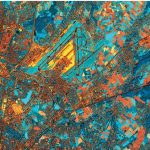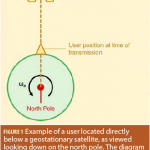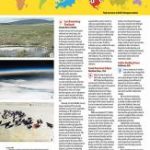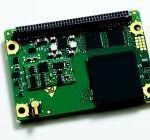Brexit and Galileo – Plenty of Rumblings, but Where’s the Beef?
The UK seems well and truly on the path to leaving the European Union. The implications for the Galileo program are still unclear, and won’t be known until Brexit negotiations are completed, at the earliest.
By Peter Gutierrez













